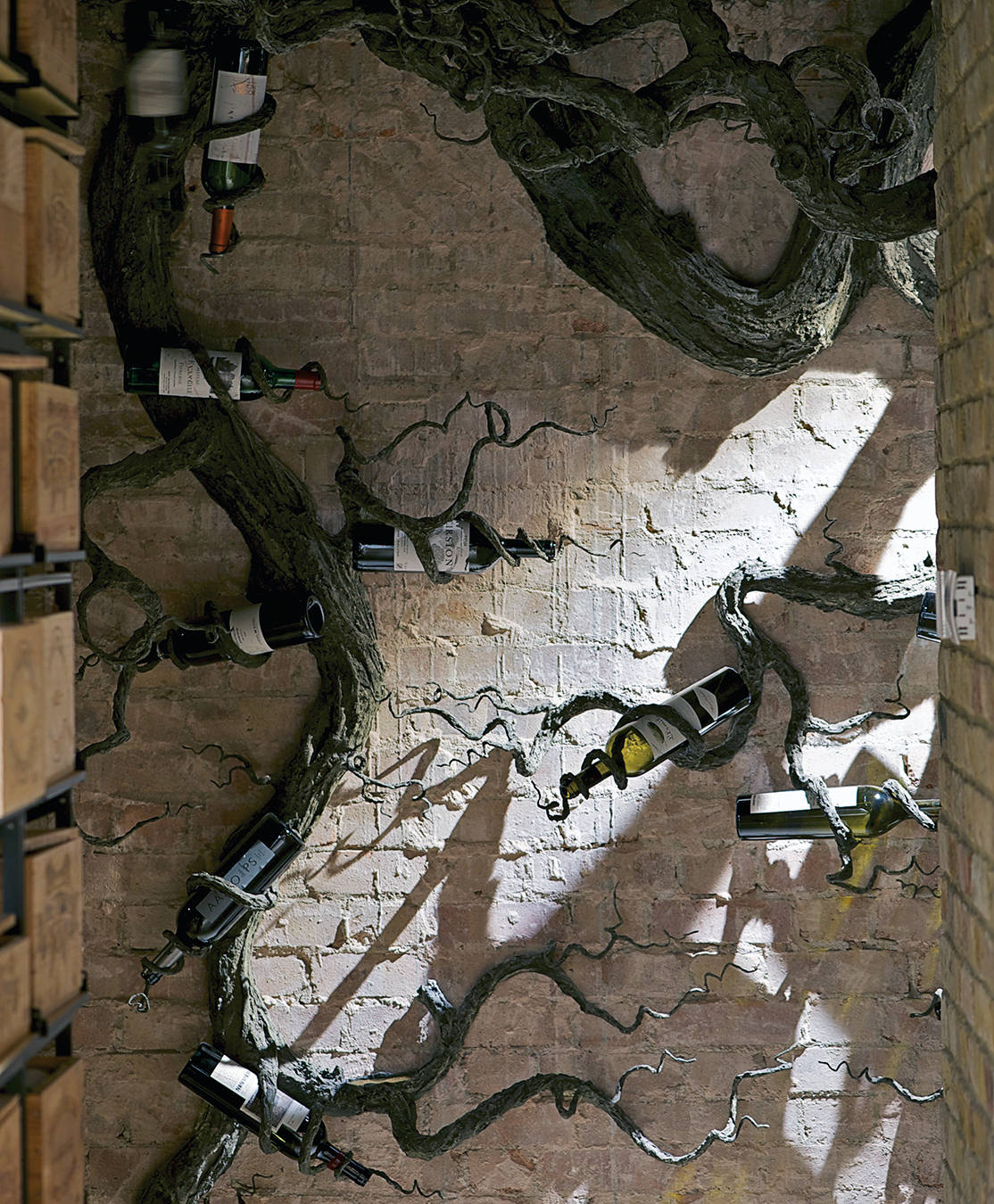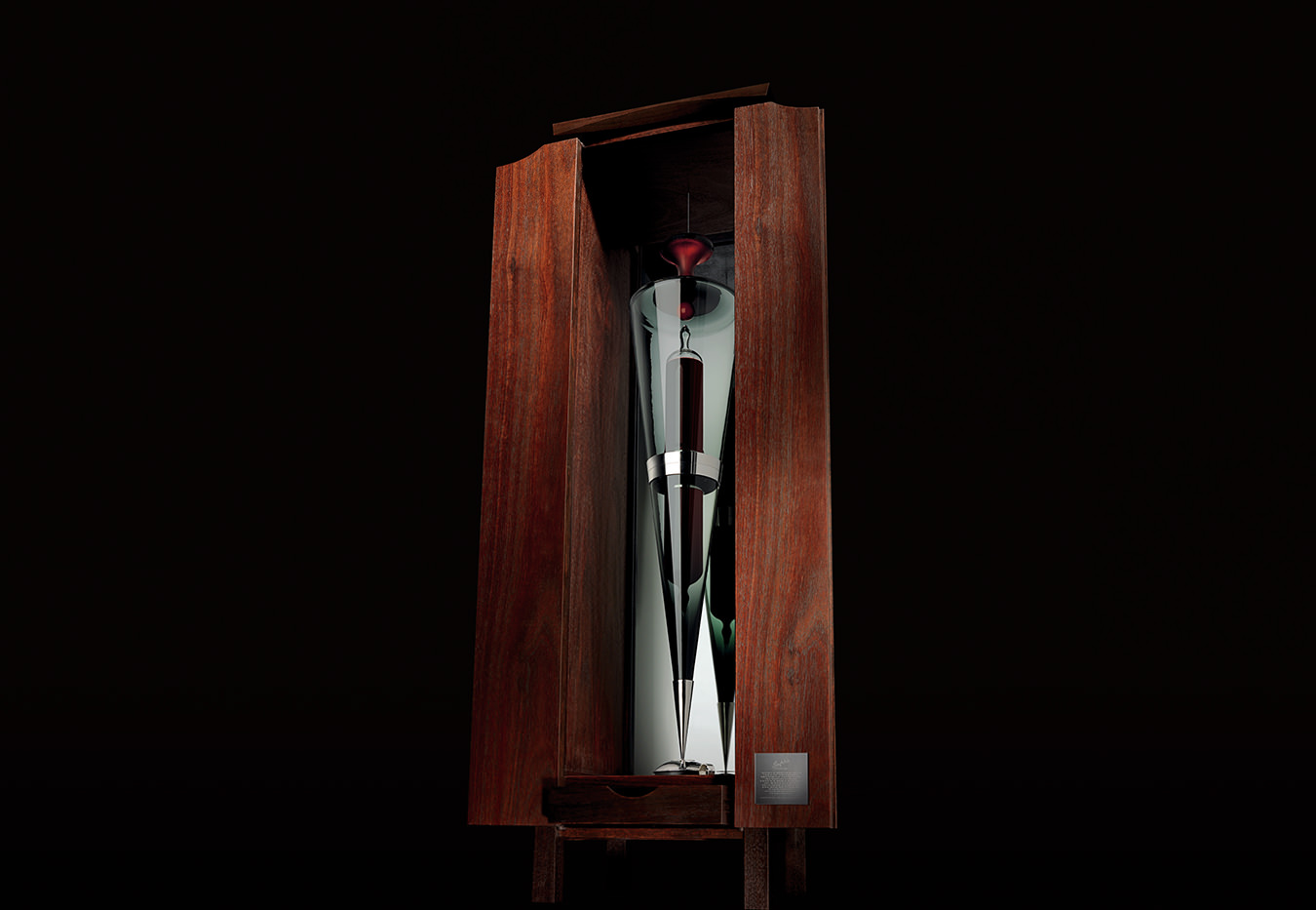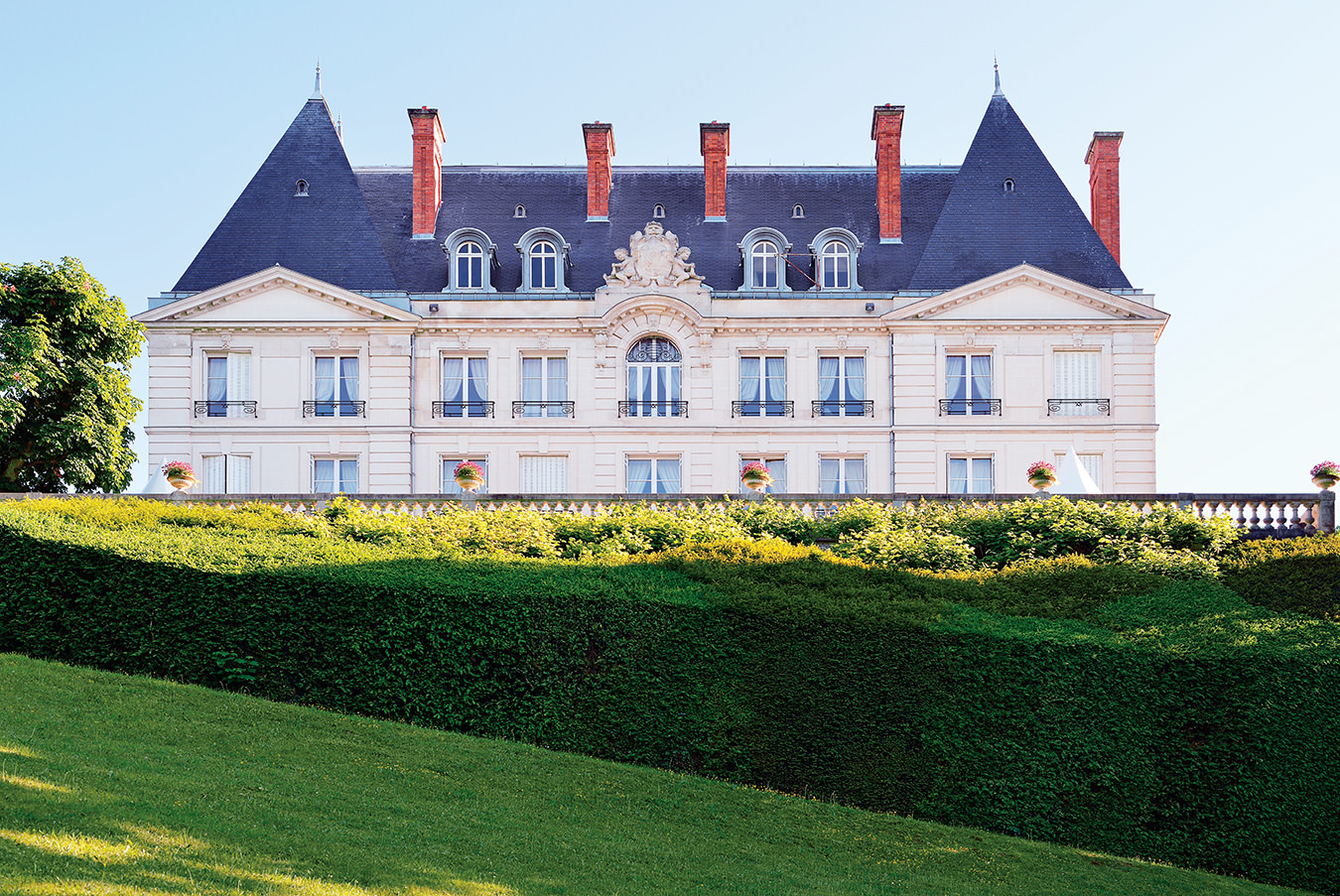A Star Emerges in a Rising Canadian Wine Region
In Lightfoot & Wolfville Vineyards, the emerging Nova Scotia wine industry has found its proselytizer.
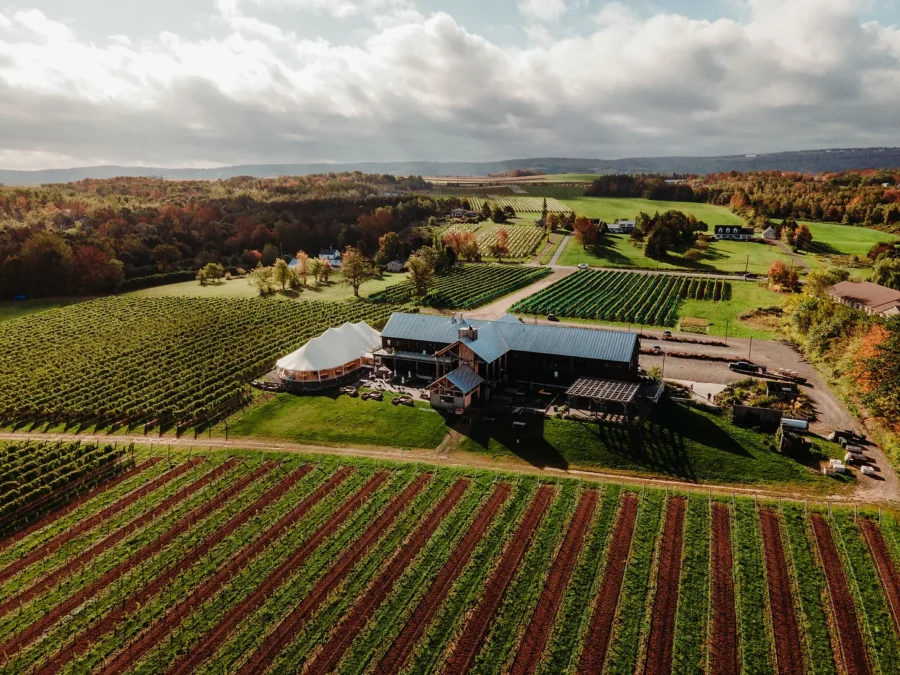
It’s rare that you get to see a new and exciting wine region come to life. Even in places like Canada, where the industry is still in its primordial stages, the areas suited to grape-growing have been, for the most part, planted to them for decades. It can be risky then to try wines from an emerging region, where the wine has neither history nor critical assessment to back its quality. However, in the case of the Annapolis Valley—the traditionally agricultural region abutting the Bay of Fundy on Nova Scotia’s west coast and whose short history belies its outsized critical praise—one winery has emerged as evidence of both the wines’ current quality and future potential.
Founded by Jocelyn and Michael Lightfoot in Wolfville, Nova Scotia, Lightfoot & Wolfville Vineyards is young even in terms of the Annapolis Valley’s youthful wine industry. Planted in 2009, on land Michael’s family had been farming for three generations, the estate vineyards only began producing fruit for wine in the 2015 vintage. A decade on, Lightfoot & Wolfville is one of the Nova Scotia wine industry’s success stories, gaining acclaim from wine nerds and everyday consumers from its home province and beyond. But Nova Scotia hasn’t always been the darling of the Canadian wine industry, and, according to Lightfoot & Wolfville head winemaker Josh Horton, it is still grappling with its position as an outsider in the Canadian wine world. “They definitely view us as kind of the wild, wild east because, you know, we’re not under the VQA,” he says. “But we still hold ourselves to high quality standards.”
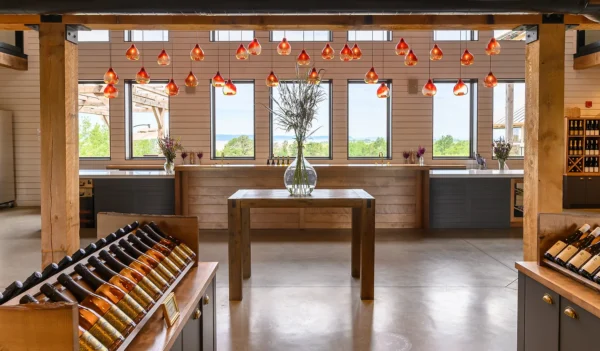
Photo by Jessica Emin
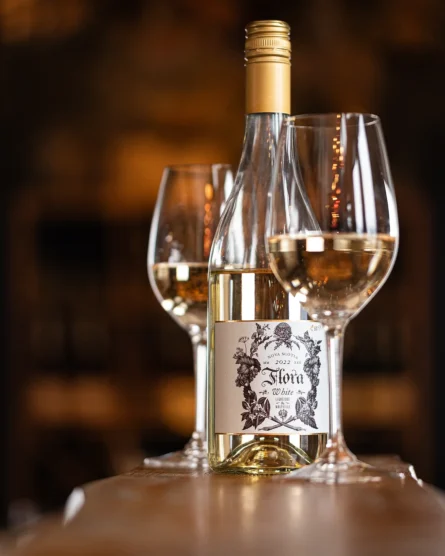
According to Horton, who was there when the first Lightfoot & Wolfville vines were planted in 2009, “It’s taken a minute to figure out what varieties to grow and how to make the wine.” Like a lot of the wineries in the Annapolis Valley, Lightfoot & Wolfville cast a wide net at the beginning, and it has only recently homed in on the grapes that grow best in its cold climate. “When we started, we really didn’t know [what would grow well in Nova Scotia]. We planted a lot of varieties—15 varieties or more. I guess there was a lack of focus just trying to figure out what our region could do. And now, with chardonnay, pinot, riesling, and gamay, as well as the traditional method [sparkling] stuff, I now feel like there’s room for more focus,” he says.
What sets Lightfoot & Wolfville apart in the increasingly crowded Nova Scotia wine scene is its commitment to biodynamic farming, the somewhat esoteric logical extreme of organic farming whose methods include tracking the phases of the moon and burying dung-filled cow horns in the vineyard. As one of the few Canadian wineries certified by Demeter, the largest biodynamic farming certifying organization in the world, it is proudly wearing its environmental commitment on its sleeve. But according to Horton, being a certified biodynamic winery is only a small part of the equation of Lightfoot & Wolfville’s stunning wines. “Certification doesn’t change the quality of the wine—it’s really just how you farm and how you make your wine,” he says.
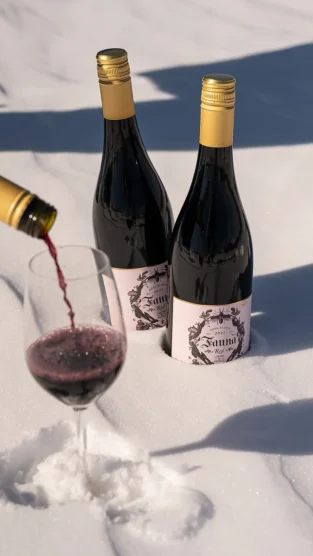
All of the wines that Lightfoot & Wolfville makes with grapes from its estate vineyards are biodynamic, including its 2021 Ancienne Chardonnay. Made in the Burgundian style, this upper-tier chardonnay is barrel fermented using wild yeast before being aged sur lie (on lees) for 20 months in a mix of new and used French oak barrels. Underneath the creamy texture and toasty notes imbued by the barrels, live-wire acidity, sharp minerality, and underripe fruit flavours serve as reminders that this wine comes from a Nova Scotia, where until relatively recently the idea of successfully growing Vitis vinifera grapes of this quality would be seen as foolhardy, if not downright loony.
For decades, Annapolis Valley grape growers have tilled vineyards planted to cold-hardy hybrid grapes. Lightfoot & Wolfville pays homage to this history with its Flora (white) and Fauna (red) wines, which are made with a field blend of primarily hybrid grapes, including the regionally important l’acadie blanc and petite pearl. Made in a juicy, easy drinking style, both wines are intended for early consumption and aim to showcase the purity of the region’s fruit. Fauna, which features léon millot, marquette, and other grapes alongside petite pearl, is an effusive bomb of red and black fruit whose near-effervescent body calls for easy drinking throughout a meal.
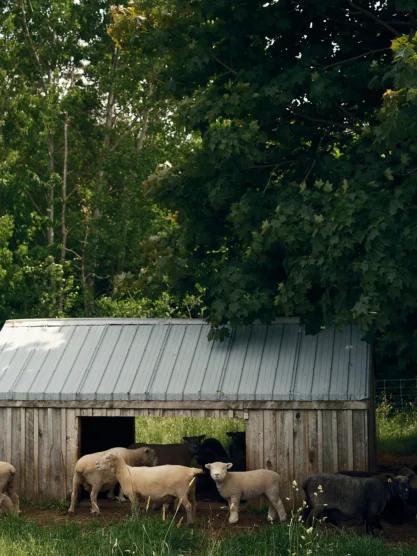
Photo by John Cullen
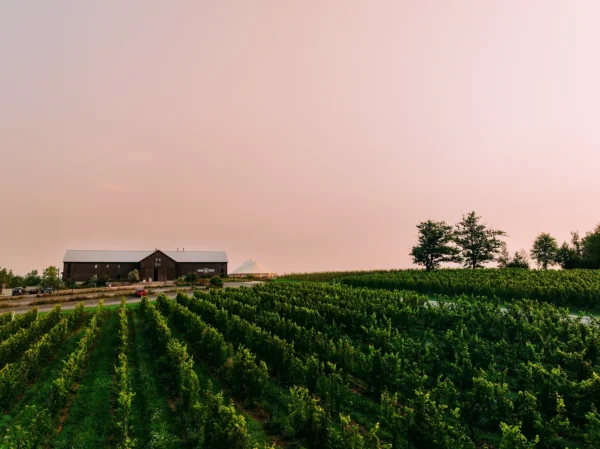
With increased acceptance of Nova Scotian wine across Canada, including in the wine-producing provinces of Ontario and British Columbia, Lightfoot & Wolfville has responded in kind, expanding its distribution across the country. “I think we want to support the rest of the country, and I think the rest of the country wants to support us,” Horton says.
Five Lightfoot & Wolfville wines to try:
Ancienne Chardonnay 2021
Brut 2020
Brut Rosé 2021
Fauna 2022
Flora 2024

